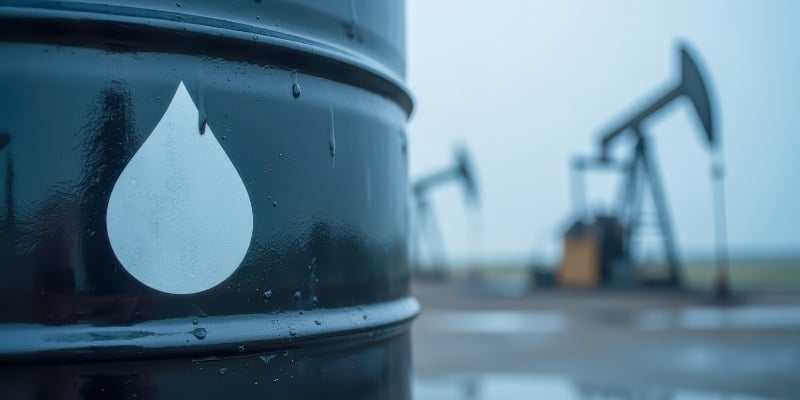A new study, led by Dr. Lisa McKenzie, associate professor in the Department of Environmental & Occupational Health at the Colorado School of Public Health, concluded that Colorado children diagnosed with a type of cancer of the blood and bone marrow were more likely to live near oil and gas well sites than children who were free of cancer.
As a result, McKenzie and her colleagues suggested that Colorado’s setback requirements between residences and oil and gas facilities may not be sufficient to protect children from that cancer risk.
The findings of the American Cancer Society-funded study appeared in the journal Cancer Epidemiology, Biomarkers & Prevention.
Study of childhood leukemia fueled by growth of oil and gas drilling
The study focused on children between the ages of 2 and 9 who lived within 13 kilometers (a little more than 8 miles) from oil and gas well sites between 2002 and 2019. It noted that between 2003 and 2016, Colorado was a site for “intense upstream oil and gas activity” – meaning exploration and production – with more than 35,000 wells drilled during that time.
That activity coincided with the launch of “unconventional drilling activity,” which includes hydraulic fracking and directional drilling technology. As a result, more than 378,000 people now live within 1.6 kilometer (about 1 mile) from at least one oil and gas well, the authors added.
Using data from its Colorado Central Cancer Registry, Colorado Department of Public Health and Environment (CDPHE) staff identified 451 children between the ages of 2 and 9 with confirmed diagnoses of acute lymphoblastic leukemia (ALL), which causes the bone marrow to overproduce lymphocytes, a type of white blood cell. The dysfunction leads to a decrease in the number of healthy blood cells.
The children with ALL had no previous cancer diagnosis or treatment. For each of these cases, the CDPHE staff randomly chose six controls (a total of 2,706) – individuals with no ALL diagnosis – and matched them with their counterparts by birth month, year, and ethnicity. The goal: identify risk factors that may have accounted for the different outcomes.
The researchers also measured the intensity of emissions generated from construction, drilling, completion, and production at well sites. That information, combined with the distance of people’s homes from the sites, helped to paint a more complete portrait of the possible effects of the oil and gas activity.
The health risks linked to oil and gas production
Why focus on oil and gas development as a cancer risk? McKenzie and her colleagues noted that the operation of these sites “continuously emits” air pollutants that induce the development of leukemia. “The most documented” among these, they added, is the chemical benzene. In previous studies, the authors found that the “lifetime excess cancer risk” increases substantially the closer people live to oil and gas production facilities, with benzene “contributing more than 95% of the risk estimate.”
The study concluded that the children who were diagnosed with ALL between 2002 and 2019 were 1.4 to 2.64 times more likely to live within 13 kilometers of a well site than those who were not diagnosed with cancer.
“Our results indicate increased ALL risk up to 13 kilometers from the nearest O&G well site and provide clear evidence that the intensity of activity and the density of well sites around the birth residence, in addition to the distance to the nearest O&G well, affect the burden of ALL risk,” McKenzie and her colleagues wrote. Children living within 5 kilometers (3.1 miles) of these sites bear the greatest risk for ALL, they added.
Oil and gas production and links to ALL risk require further study
However, McKenzie and her colleagues stressed that the study points to the need for more investigation of the potential cancer risks posed by oil and gas production facilities, and they stopped short of saying the exposures to chemical pollutants were the cause of the children’s ALL.
“We don’t have the data to actually say for example, how much benzene each one of these children were exposed to,” McKenzie said in a Colorado Public Radio (CPR) story. “We’re just looking at the overall density of oil and gas development, so we don’t know specifically what it is that might be causing childhood leukemia.”
Nonetheless, they also said that the evidence from the study suggests that the current Colorado setback of residences from active oil and gas sites – currently 2,000 feet – may need to be revisited in the interests of protecting the health of children living in these areas.
“These results indicate that the current regulatory setbacks between O&G well sites and residences may not be sufficient to protect the health of children living in areas of upstream O&G activities,” the researchers wrote.



